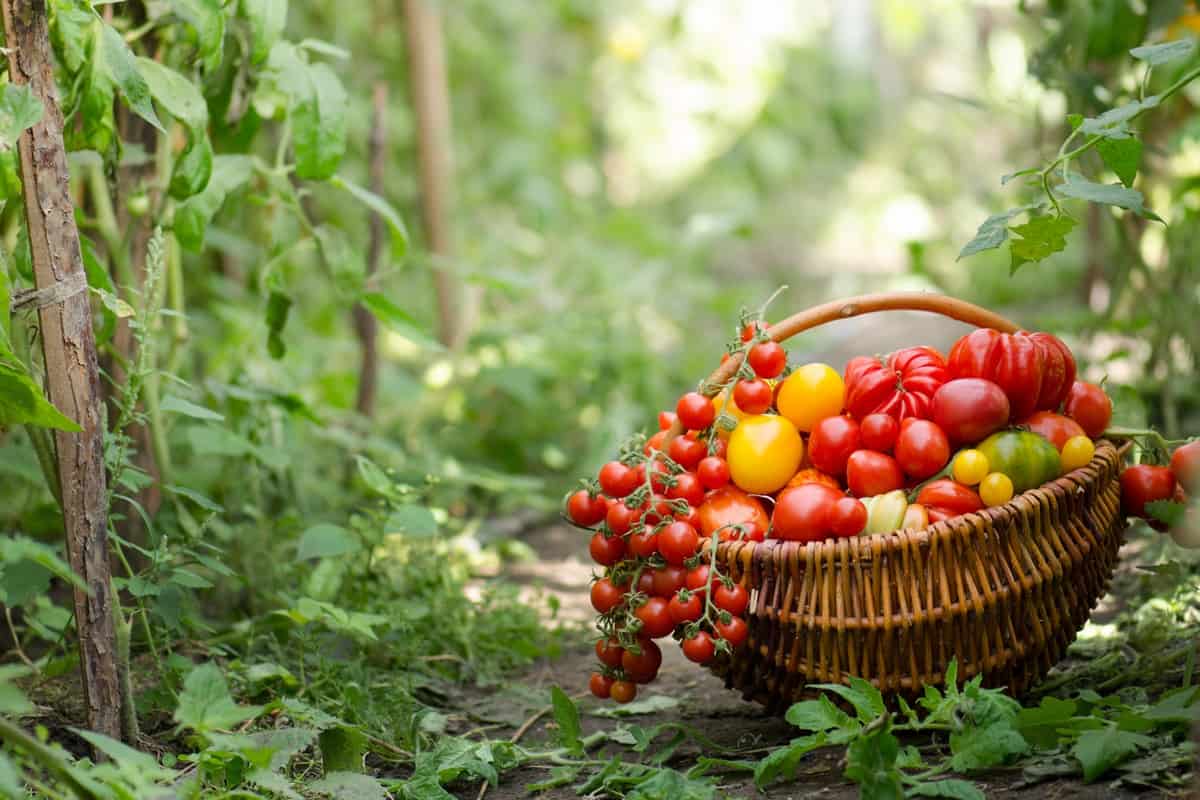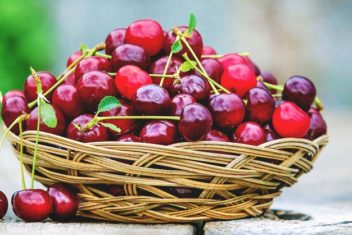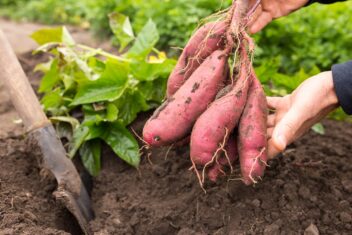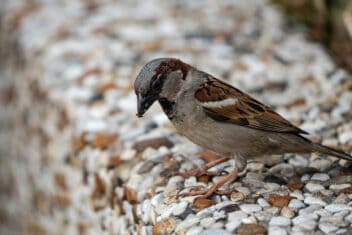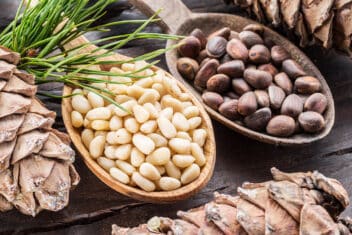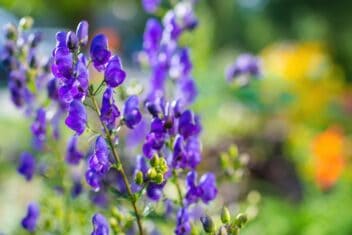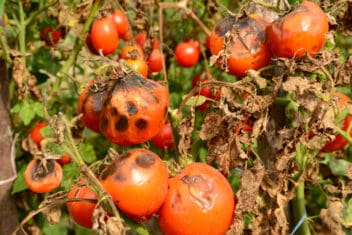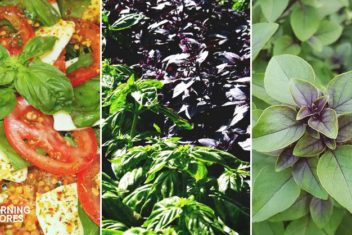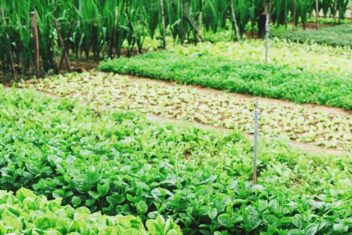When you are growing tomatoes – perhaps the most popular plant for the backyard garden! – there are all kinds of factors you will need to keep in mind.
How much water should you give them? What’s the best way to fertilize? How do you prevent blossom end rot?
Tomatoes aren’t the most difficult crops to grow, but they can be a bit finicky. Several diseases can affect tomatoes, including Alternaria blight, fusarium wilt, and powdery mildew, just to name a few.
Fortunately, you can prevent the vast majority of diseases by planting disease-resistant varieties. Here are some of the best options to consider as you plan your garden next year.
Most Common Tomato Diseases
Although there are dozens – if not hundreds – of diseases that could potentially befall your tomato plants, some are admittedly more common than others.
1. Anthracnose
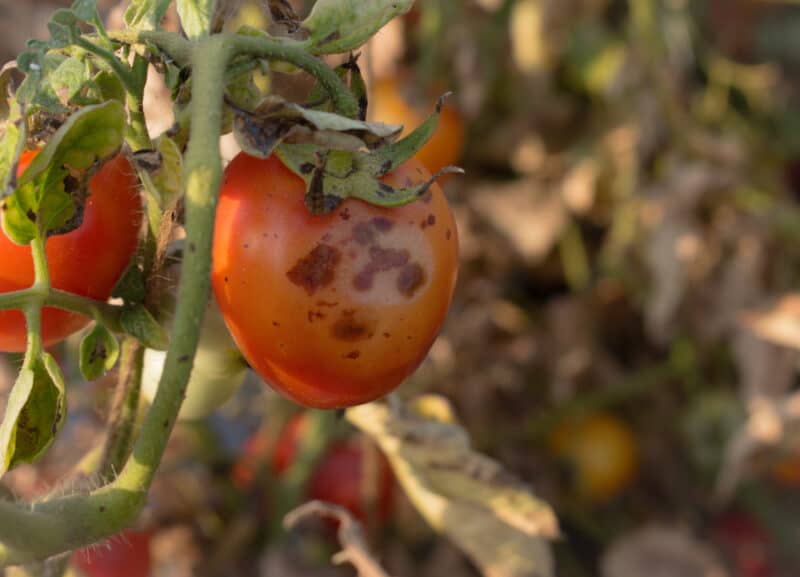
By far, this is one of the most common fungal diseases of tomatoes. It causes the fruits to rot, with small round spots that become dark in the center. This disease is found in the soil and it is more common in wet weather and poorly-draining soils.
2. Early Blight
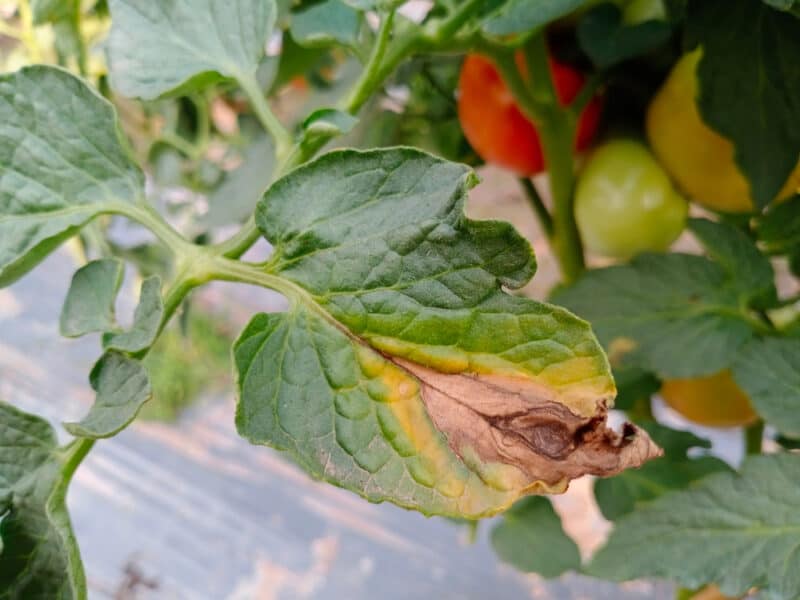
Early blight is the nemesis of most tomato gardeners. Caused by a fungus named Alternaria solani, it can hang around for years since it overwinters in the soil. It doesn’t usually kill tomato plants outright but can seriously stunt their growth since it can cause a plant to become nearly completely defoliated.
3. Late Blight
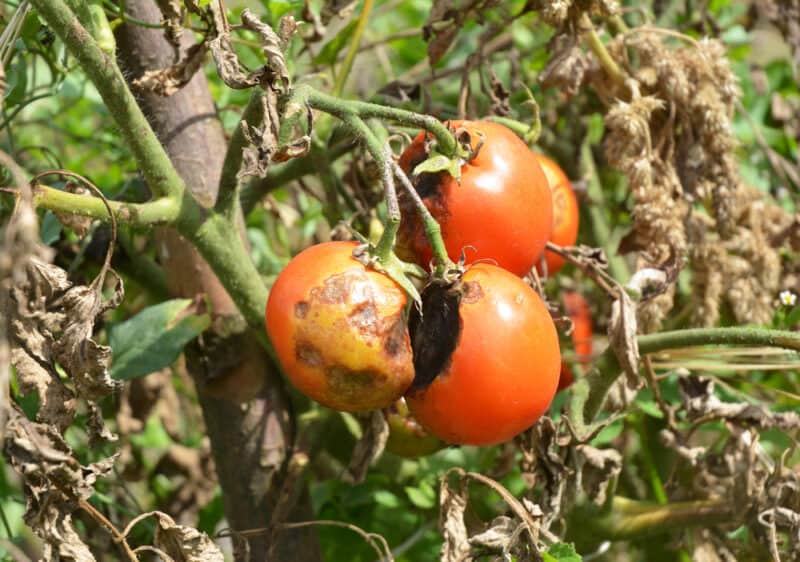
Late blight is another frustrating disease but the good news is that it’s not as common for northern gardeners – it isn’t usually able to survive cold temperatures. A fungal infection, it causes water-soaked spots to appear all over a plant along with a host of other unpleasant symptoms.
4. Fusarium Wilt
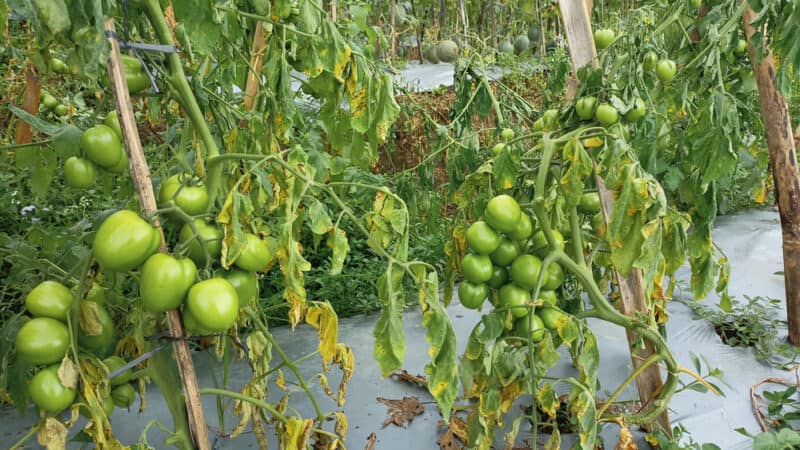
Fusarium wilt is more common in warm, southern growing areas, causing symptoms such as drooping leaf stems and the death of a plant.
5. Mosaic Virus
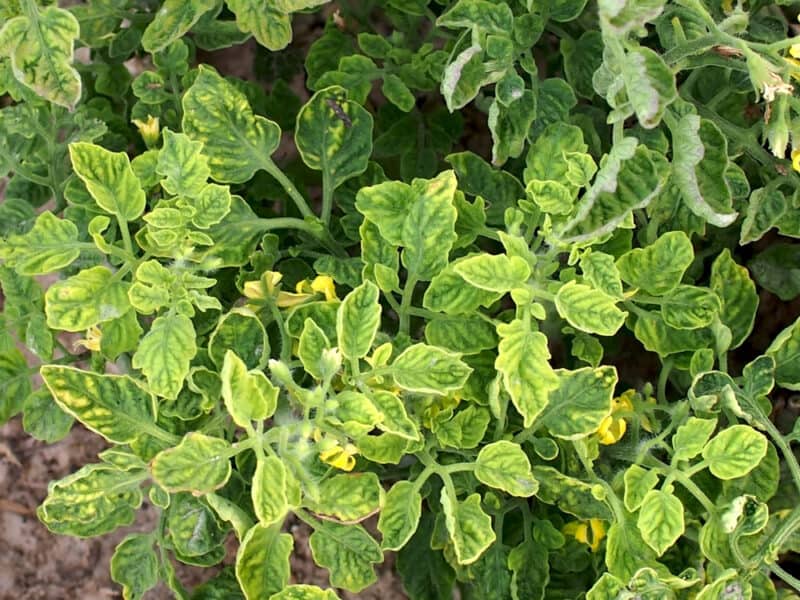
Mosaic virus can go after all kinds of plants, including tomatoes and even tobacco. It won’t kill your plant outright but will instead cause a reduced or poor-quality yield.
6. Septoria Leaf Spot
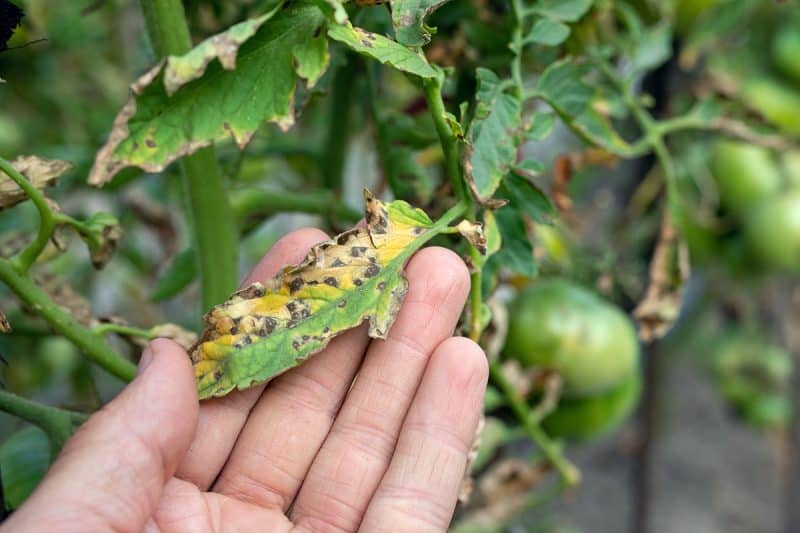
Yet another fungal disease to watch out for is septoria leaf spot. It causes dark brown spots to appear on tomato leaves.
This list is not exhaustive, of course – you can learn more about common tomato diseases here. Besides these potential ailments, several nutrient deficiencies are often misidentified as diseases (blossom end rot is just one example).
Best Disease Resistant Tomato Varieties
When it comes to preventing diseases on your tomato plants, there are dozens of options for you to choose from. Finding the right one depends on which kind of tomato you want to grow (sauce, cherry, slicing, etc) and which disease you want to prevent.
Here are some good options for disease-resistant tomato varieties.
1. ‘Early Girl’ – Fusarium Wilt
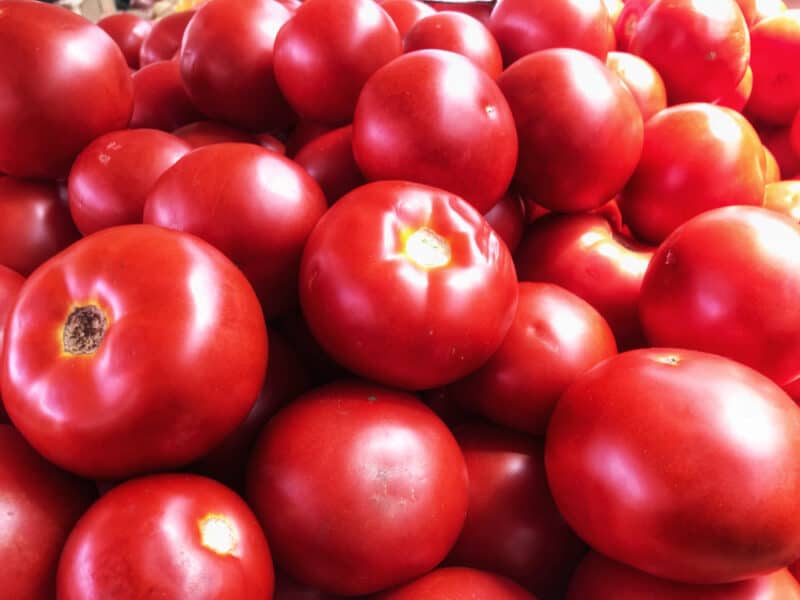
‘Early Girl’ is an indeterminate hybrid that produces large clusters of fruit. It is ready for harvest early, with the early harvest time alone helping this variety avoid a long list of potential diseases. It is ready for harvest just 59 days from transplant and is resistant to many wilt diseases, including fusarium wilt.
2. ‘Rutgers’ – Verticillium Wilt
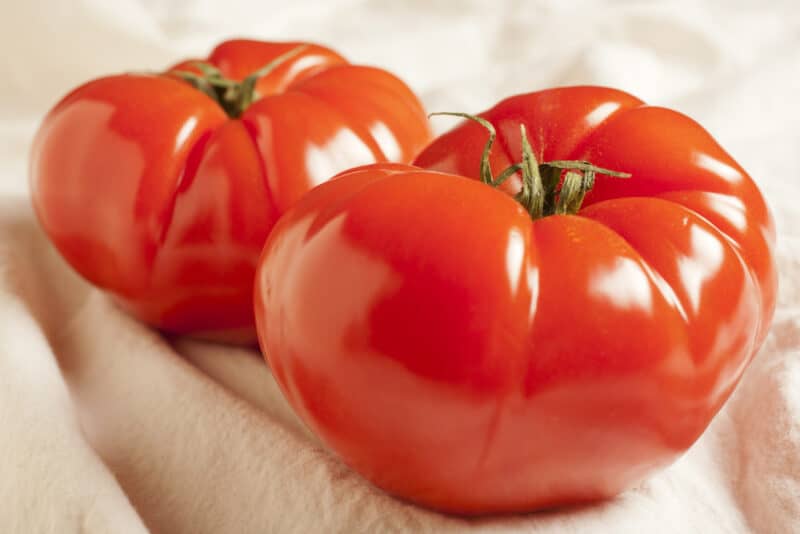
‘Rutgers’ is a popular heirloom tomato that’s great both for slicing and cooking. A legendary variety from New Jersey, it has an excellent flavor and produces slightly flattened fruits. Its tall vines are resistant to fusarium and verticillium wilt, along with many other diseases.
3. ‘Cherokee Purple’ – Bacterial Speck
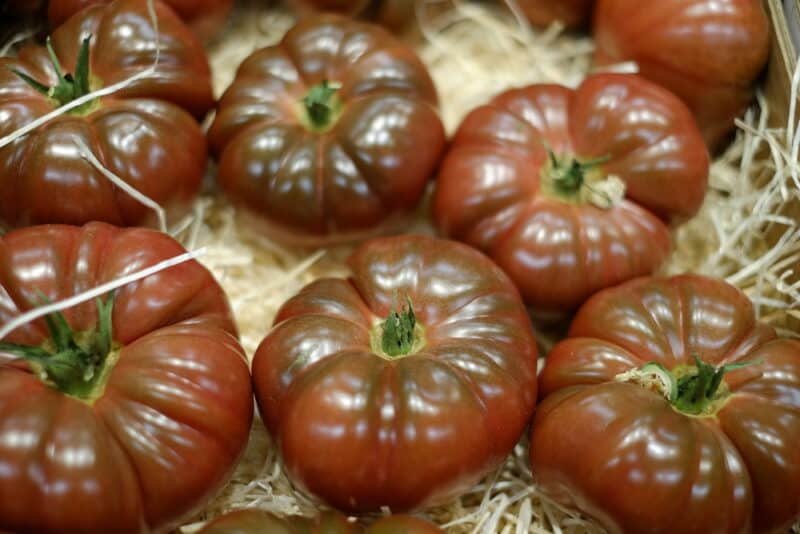
If heirloom varieties of tomatoes are your thing, then ‘Cherokee Purple’ is another one to check out. This plant produces fruits that are often compared to Brandywine tomatoes with their excellent flavor and size. It was first grown in Tennessee and has a rich, full flavor.
4. ‘Big Beef’- Tobacco Mosaic Virus
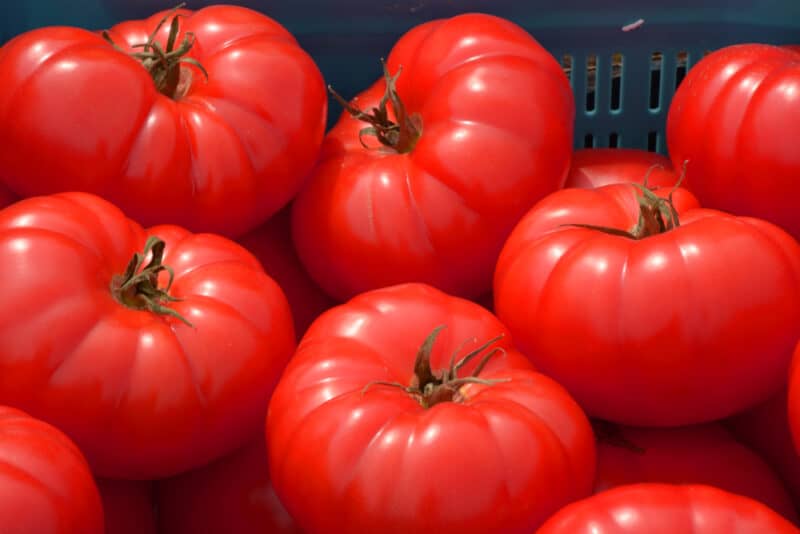
If you have been struggling with mosaic virus in your garden, then ‘Big Beef’ is the variety to consider growing. An All-American Selections winner, it offers a classic, excellent tomato taste in its large 12 oz fruits.
No matter where you grow this variety, you aren’t likely to encounter any issues with mosaic virus. Its large plants will continue producing firm, juicy fruits all season long.
5. ‘Southern Star’ – Tomato Spot Wilted Virus
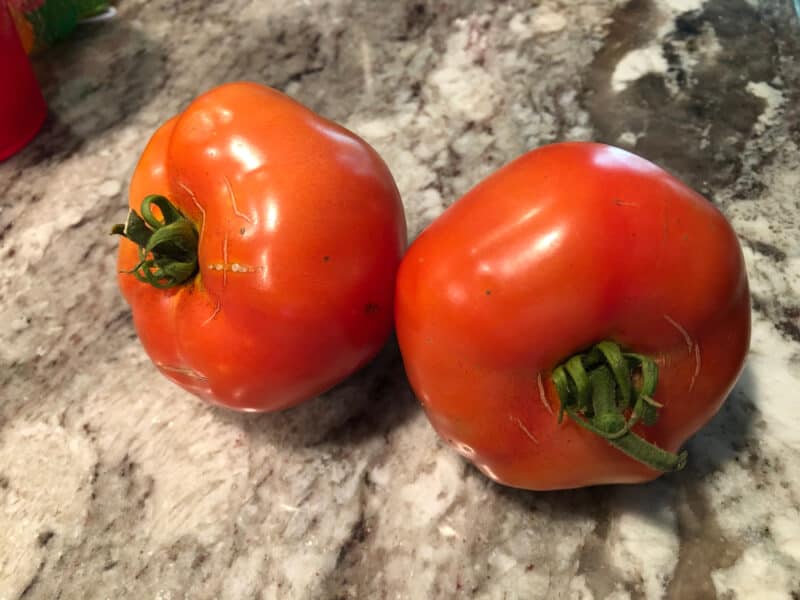
You may see ‘Southern Star’ sold by the name BHN 444. This cultivar is a globe-shaped tomato with fantastic flavor and phenomenal yields. It’s resistant to tomato spotted wilt virus, which is a particular problem in southern states.
Left unaddressed, this disease can seriously stun or kill tomato plants that were healthy before the onset of this disease. Therefore, it’s a good idea to grow varieties like ‘Southern Star’ if you don’t want to have to worry about it, to begin with.
6. ‘Red Currant’ – Early Blight
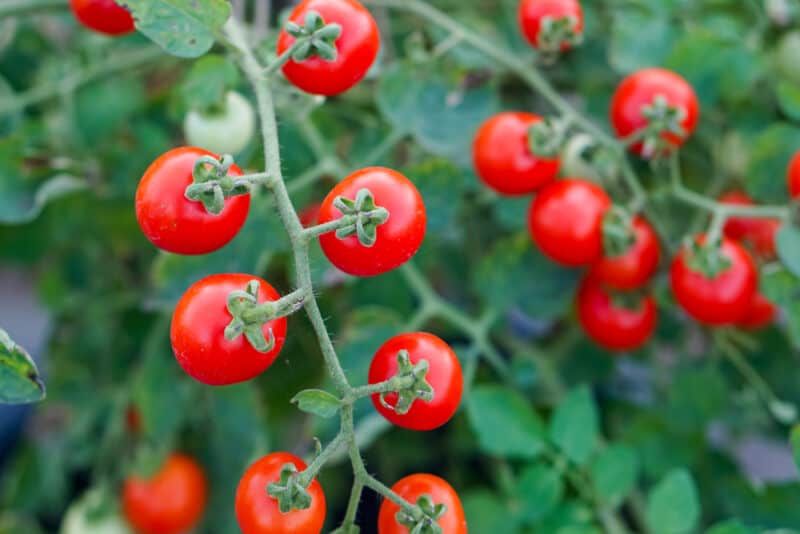
‘Red Currant’ is a cherry tomato variety that produces pint-sized tomatoes that are perfect for crudites and salads. Each tomato is tiny, just half an inch or so round – but absolutely delicious. Trust me when I say that what this tomato lacks in size it makes up for in flavor! These indeterminate plants produce massive yields in big clusters, making it much easier for you to harvest.
Plus, you won’t have to worry about early blight – another benefit of growing this cutie.
7. ‘Better Boy’ – Anthracnose
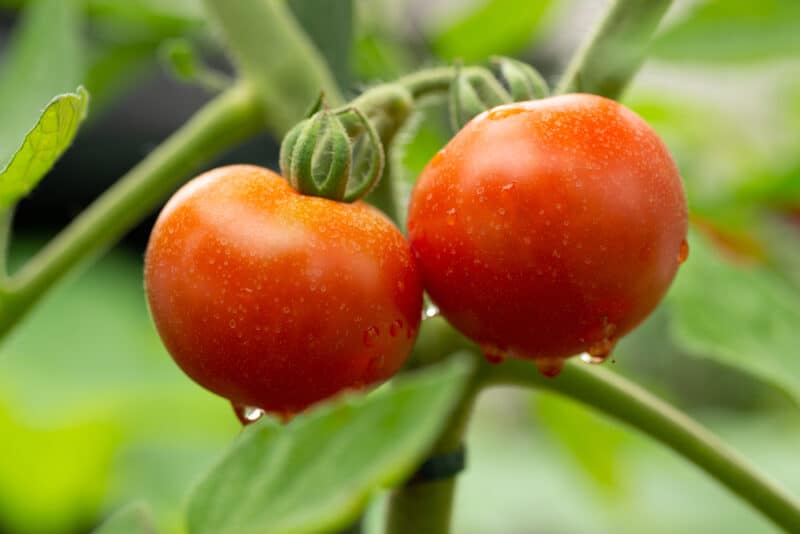
Anthracnose isn’t the only disease to which ‘Better Boy’ is resistant – but it’s one of the most devastating. Therefore, growing ‘Better Boy’ is a smart choice.
It’s smart for other reasons, too. This plant produces large amounts of fruit, many of which are a pound or more in size. Your harvests will start mid-season and continue until the first frost. It also has good foliage coverage, which can prevent sunscald in hotter climates.
8. ‘Margold’ – Tomato Leaf Mold
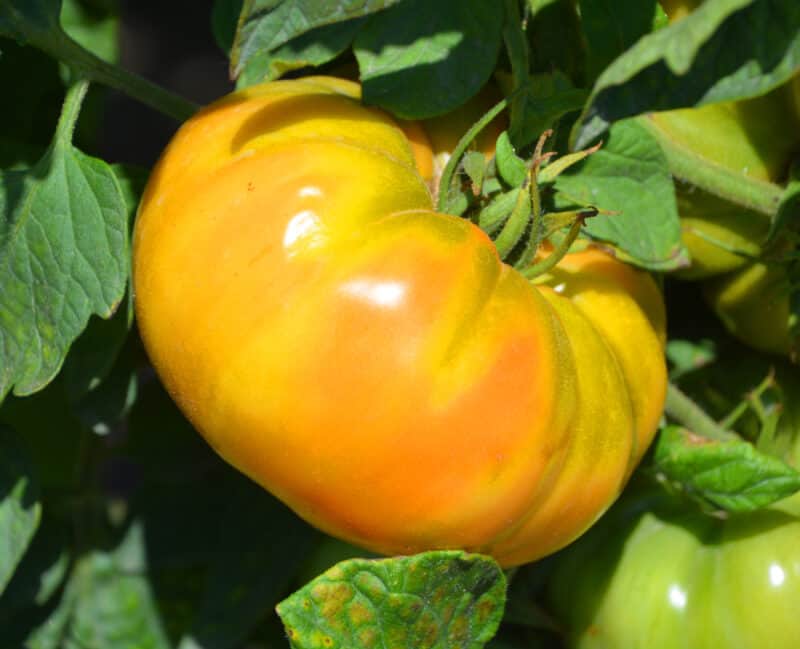
Another tomato variety with fun colors and excellent disease resistance is ‘Margold.’ This one has the gorgeous look and flavor of classic red-streaked yellow heirloom tomatoes while also offering phenomenal disease resistance and excellent yields.
In addition to being one of the best cultivars for preventing tomato leaf mold, it can also prevent other problems like mosaic virus and verticillium wilt. It’s an indeterminate variety that has a super sweet flavor and great texture.
Not sure which varieties to go with? Look at the seed packet or plant label to get an idea of which diseases your selected cultivar is resistant to. If you haven’t had any issues with diseases in the past, you can probably get away with planting anything you want. However, if you’ve struggled with a specific disease, check the labels to make sure the variety you select has some resistance.
Some other excellent disease-resistant tomato varieties include:
9. Cherry Tomato
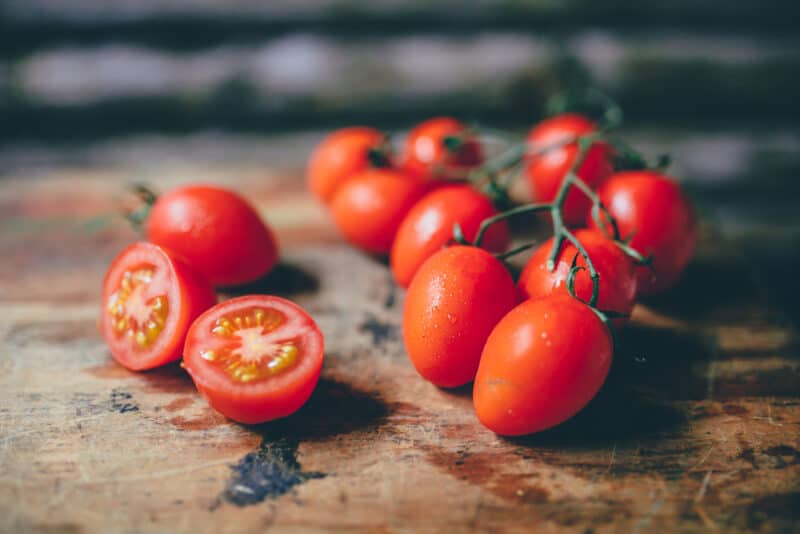
- Black Cherry
- Cherry Buzz
- Early Cherry
- Gardener’s Delight
- Chocolate Cherry
- Green Doctors Frosted
- Patio Choice
- Speckled Roman
- Suncherry Sweet
- Sunpeach
- Sunrise Bumblebee
- Sweet Gold
- Sweet Million
10. Grape Tomato
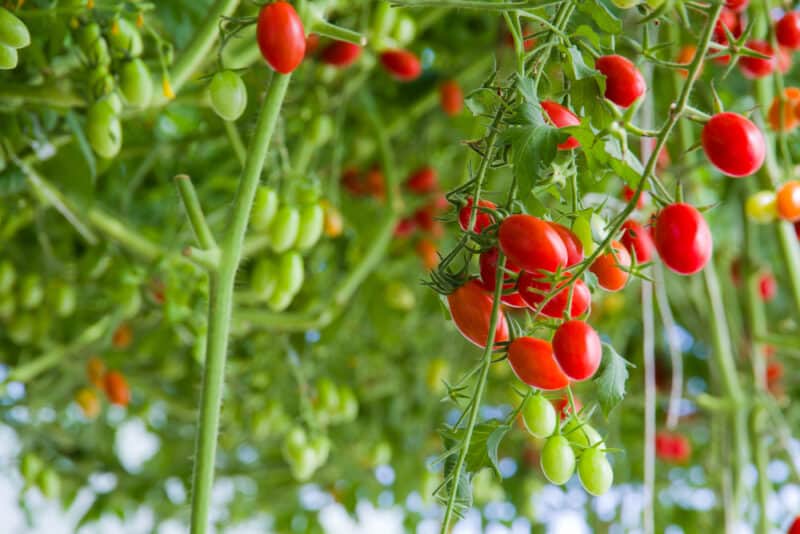
- Aria
- Crimson Star
- Chocostar
- Jelly Bean Red
- Lemon Star
- Marzito
- San Vicente
- Valentine
11. Plum Tomato
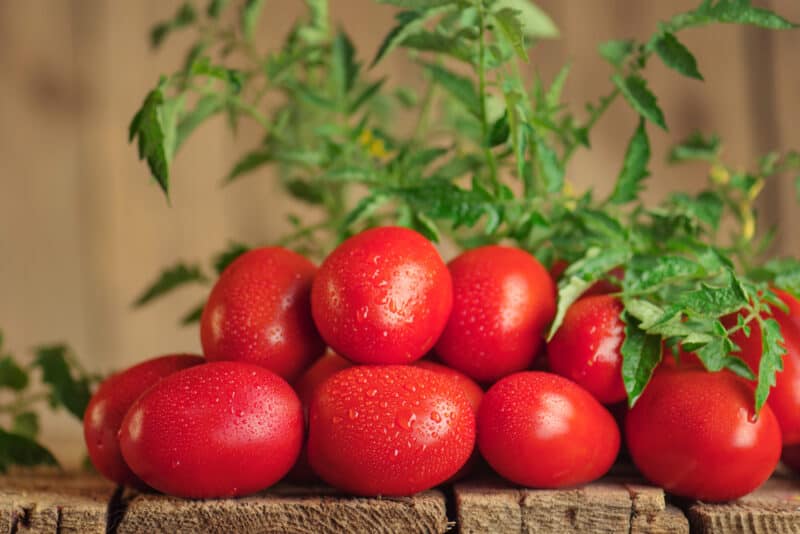
- Bellstar
- Daytona
- Early Resilience
- Giant Garden
- Health Kick
- Heinz
- Latino
- Little Napoli
- Monticello
- Santa Lucia
- San Marzano
12. Slicer Tomato
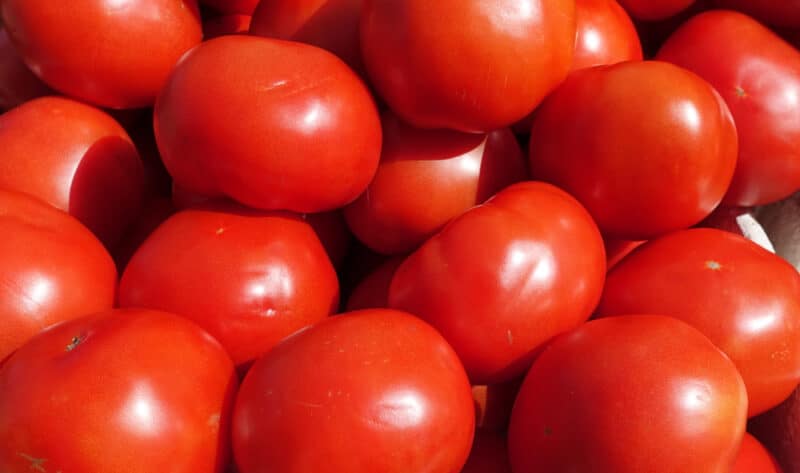
- Arbason
- Better Bush
- Bush Champion
- Carolina Gold
- Geronimo
- Florida
- Early Goliath
- Pink Brandywine
- Red Pride
- RuBee Dawn
- Sunfresh
- Soraya
- Ultra Boy
- Valley Girl
- Volante
- Tough Boy
- Top Gun
Preventing Tomato Disease in Other Ways

Don’t panic if you’re reading this article and have already planted seeds for the year. Not all hope is lost when it comes to preventing tomato diseases.
Fortunately, there are plenty of other ways to keep your plants healthy besides planting resistant varieties. One is to mulch your plants. This will help prevent soil-dwelling fungal spores from getting onto your plants. It can also help regulate soil moisture and suppress weeds, two of the biggest culprits when it comes to the spread of disease.
Speaking of watering, practicing good watering techniques is another way to limit your chances of diseases. Water only at the base of your plant to help keep the foliage dry. Although using sprinklers can be a serious timesaver, allowing water and soil to splash onto your plant will only increase the likelihood of disease.
Finally, if you suspect disease in your tomato plants, go ahead and prune. At the very least, remove the lower leaves and branches to prevent them from touching the soil. That way, you’ll be able to reduce the likelihood of soil-dwelling bacteria and fungi from getting onto your plants.
At the end of the growing season, be sure to clean up all debris from your garden. This will reduce the likelihood of any nasty diseases from overwintering in the soil.
Next year, be proactive in your approach to disease prevention!
Rotate your crops – don’t plant your tomatoes in the same place each year – and grow some of these top disease-resistant tomato varieties. There’s really something here for everyone!
